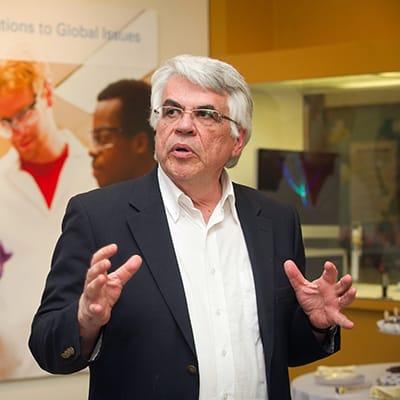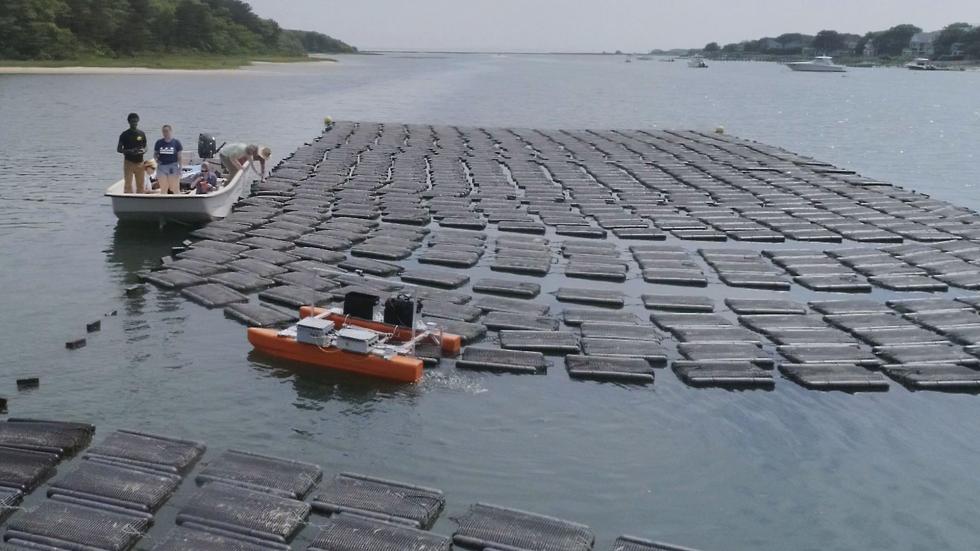
2.017[J]: Design of Electromechanical Robotic Systems
Class Information
Spring | Undergraduate | 12 Units | Prereq: 2.003, 2.016, and 2.678; Coreq: 2.671
Design, construction, and testing of field robotic systems, through team projects with each student responsible for a specific subsystem. Projects focus on electronics, instrumentation, and machine elements. Design for operation in uncertain conditions is a focus point, with ocean waves and marine structures as a central theme. Basic statistics, linear systems, Fourier transforms, random processes, spectra and extreme events with applications in design. Lectures on ethics in engineering practice included. Instruction and practice in oral and written communication provided. Satisfies 6 units of Institute Laboratory credit. Enrollment may be limited due to laboratory capacity.
Autonomous surface and underwater robots are key to enable large scale aquaculture farming in the ocean to feed the world. The ocean contains as much biomass as its land, yet only 2% of food comes from the ocean, and the wild harvesting has reached its limit. The theme for this year’s 2.017 Design Challenge is Automating Aquaculture! Students in this hands-on capstone design class will work with a large oyster farmer to construct and test an autonomous surface vehicle equipped with a device to replace humans in a difficult, arduous manual labor for farm staff: flipping weekly thousands of floating oyster containers.
Students will review and iterate on a bag flipping mechanism that has been developed at MIT Sea Grant as well as design and fabricate a vessel to carry it through the floating oyster bag array at the aquafarm. This class is a great choice for students interested in robotics, design and fabrication, autonomous navigation, ocean engineering, or food sustainability!
Instructor Information


